Protect Your People, Power Your HR Business Continuity Plan
Ensure your HR team is ready to lead through disruption with tools that prioritize employee safety, communication, and compliance.

When the Unexpected Hits, HR Business Continuity Planning Keeps Your Work Moving Forward.
Prepare. Protect. Prevail.
In times of crisis, your people look to HR for leadership. Whether facing a natural disaster, a cyberattack, or an emergency at the workplace, your ability to ensure employee safety and maintain operations is crucial. This is where effective HR business continuity planning plays a vital role.
Mitratech Business Continuity Planning prepares your organization to respond effectively by protecting employees, ensuring compliance, and maintaining clear communication when it matters most. With the right strategy, your team can safeguard the workforce, minimize operational disruptions, and confidently guide the organization through any challenges.

The Must-Have Features for HR Success in Business Continuity Planning
HR teams are uniquely positioned to champion continuity efforts that prioritize employee safety and organizational stability, meaning they need more than a basic emergency checklist. Your team requires adaptable, data-driven plans that reflect the complexities of your workforce, industry, and risk landscape. With modern continuity planning tools, HR can play a confident, pivotal role in reducing disruption, protecting employees, and accelerating recovery across the organization. Key capabilities include:
-
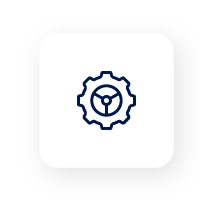
Customizable plan templates for continuity, emergency response, and operations tailored to your organization and industry.
-

Business Impact Analysis (BIA) tools with guided workflows to assess critical processes, dependencies, and recovery priorities.
-

Built-in compliance tracking and audit-ready reporting to meet regulatory and internal standards.
-

Exercise and incident management features to test plans and respond in real-time with integrated alerting and corrective actions.
-

Risk assessment modules to identify, rank, and address threats across departments and locations.
-
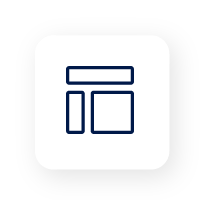
Centralized dashboards for monitoring plan status and business unit readiness.
Ready to Strengthen Your HR Continuity Plan?
Ensure your people are protected and your plans are proactive. Discover how streamlined, people-focused continuity planning can support your entire organization.
See the Mitratech DifferenceHow a People-Centric Disaster Recovery Plan Sets You Apart
Disaster recovery isn’t just an IT function — it’s a people-first priority. HR plays a central role in protecting and supporting employees during high-stress events like active shooter incidents, workplace violence, and natural disasters that impact office operations.
A comprehensive HR disaster recovery plan should include actionable response protocols, access to mental health support, and reliable communication strategies. Tools like our active shooter preparedness checklist can help your team build practical, situational response plans tailored to your workplace environment.
Equally important is the recovery phase. HR must be equipped to provide compassionate support, which includes clear post-incident communication and resources that foster psychological safety. Explore best practices for supporting employees after a disaster to help your organization navigate this critical phase with empathy and structure.

Choosing the Right HR Continuity Planning Software for Remote and Hybrid Workforces
With teams spread across the globe, business continuity can’t stop at the office door. HR teams need to plan for employees spread across cities, states, or even continents (each facing unique risks).
Effective remote continuity planning ensures distributed staff can access tools and policies, receive timely updates, and stay connected during disruptions. By creating flexible, location-agnostic plans, HR can protect and support every employee, no matter where they work.
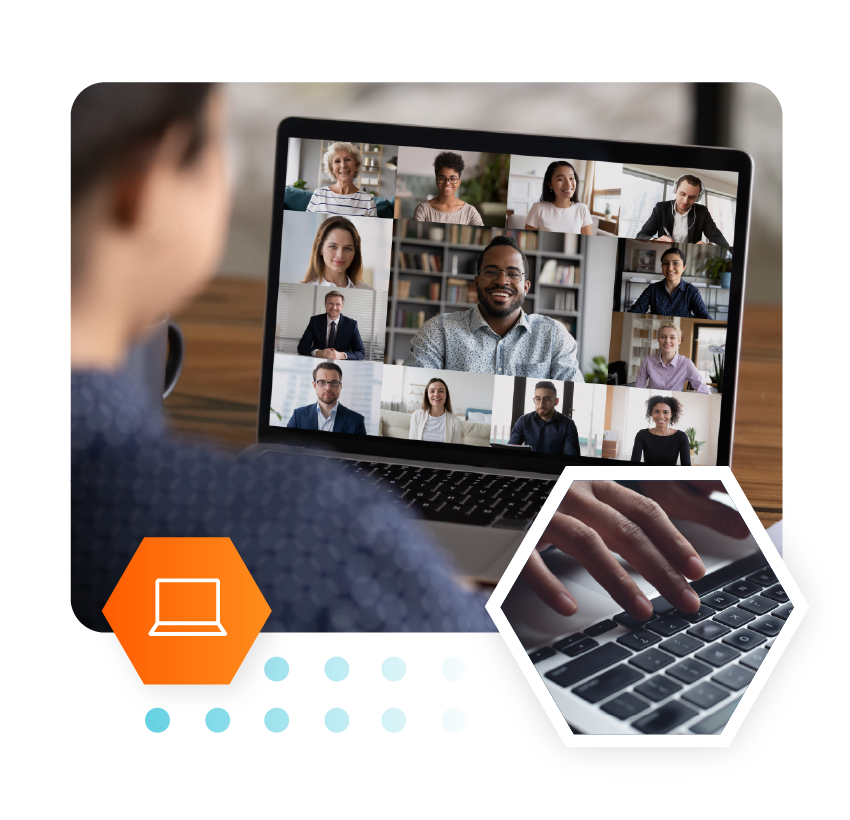
Managing a Distributed Workforce?
Support every employee, everywhere, with continuity plans built for flexibility and scale.
Speak with an Expert TodayIT Disaster Recovery Built for HR: Your Competitive Advantage
HR and IT must collaborate to keep systems and people connected during a disruption. From securing employee data to managing access and communications, HR plays a vital part in IT disaster recovery planning.
This includes backing up critical HR records, defining access roles for emergency scenarios, and supporting remote work when primary systems go down. By aligning closely with IT, HR helps ensure operations continue smoothly and securely, even in a crisis.

Lead in Any Crisis with Strategic Continuity Communication
Clear, consistent communication is at the core of any successful continuity plan — and HR is central to making it happen. From sharing emergency procedures to aligning leadership and keeping employees informed, HR ensures that the right information reaches the right people at the right time. Effective continuity communication involves:
- Distributing timely emergency updates
- Training employees on their roles and responsibilities
- Keeping policies and procedures visible and accessible
- Ensuring executive teams are aligned on key decisions
Despite best efforts, many organizations still face challenges like outdated contact lists, fragmented messaging, or gaps between departments. Mitratech solves these issues with centralized communication tools, automated policy distribution, and real-time alerts, helping HR teams keep everyone connected and informed before, during, and after a crisis.
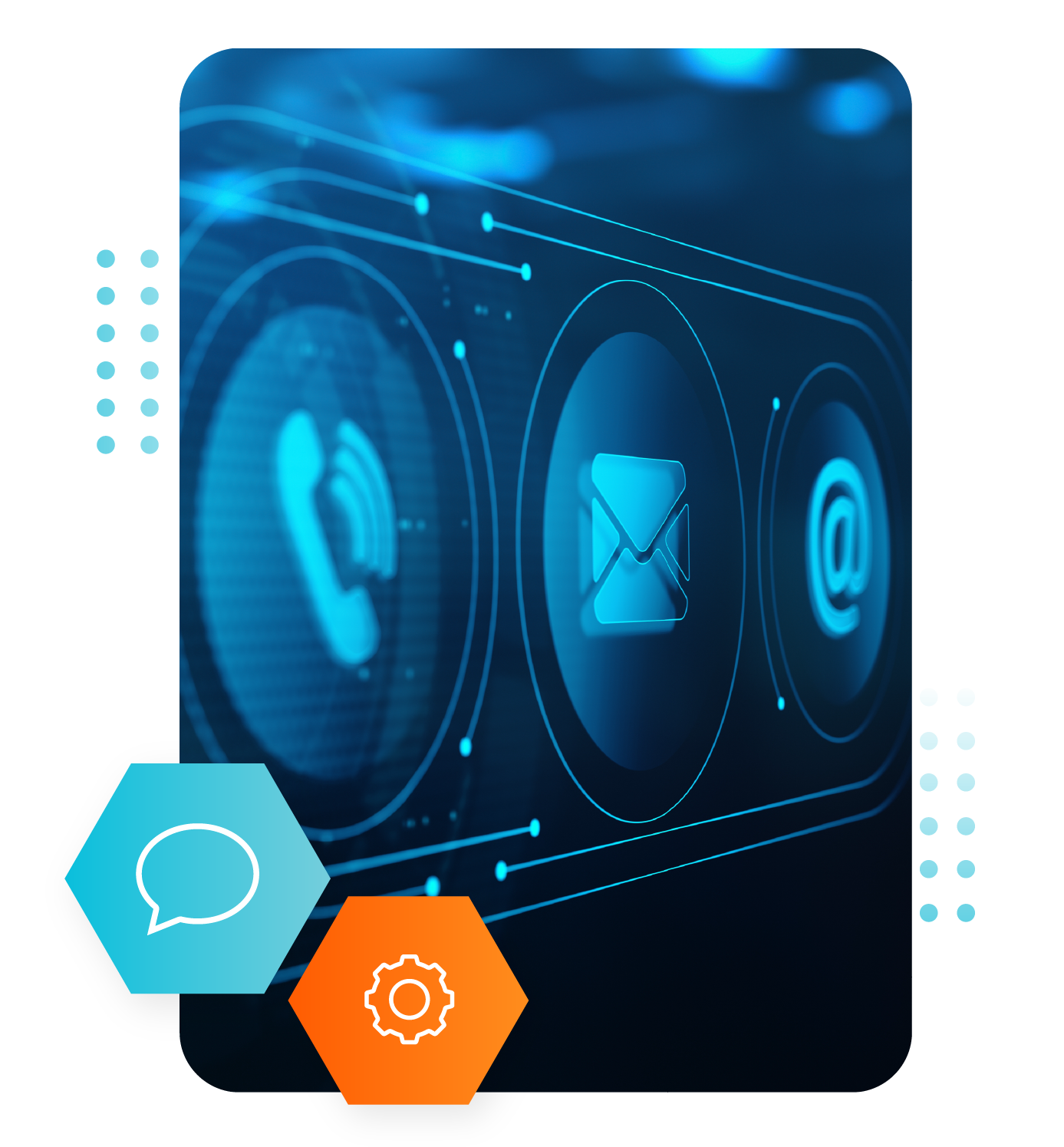
Bring Clarity and Control to Continuity Planning
With Mitratech, HR leaders gain a powerful, people-focused platform that simplifies continuity planning while strengthening organizational resilience. Whether responding to emergencies, supporting a distributed workforce, or keeping policies up-to-date, our platform empowers HR to lead with clarity and confidence. Mitratech Preparis helps organizations reduce downtime, boost employee confidence, and meet critical compliance requirements — turning your HR team into a cornerstone of operational resilience. With Mitratech, HR teams benefit from:
-
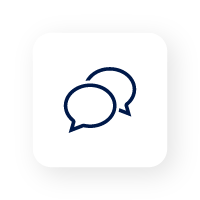
Simplified, centralized communication across departments and devices
-

Automated, compliant policy and training management
-

Secure, accessible documentation for remote and onsite teams
-
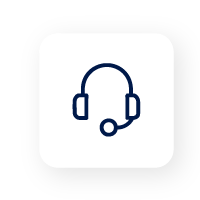
Streamlined support for global and distributed workforces
Frequently Asked Questions (FAQs)

How can cloud-based BCP solutions improve our business continuity strategy?
Cloud-based platforms ensure real-time data access, secure backups, and remote collaboration, making your BCP more resilient and accessible during disruptions.
How often should we test our HR business continuity plan?
Experts recommend testing at least annually, with more frequent drills during organizational changes or after updates to the plan.
What’s the difference between RTO and RPO in business continuity?
RTO (Recovery Time Objective) is the target duration to restore operations. RPO (Recovery Point Objective) is the maximum acceptable data loss measured in time.
How do we train employees on their roles during a business disruption?
Training should be part of onboarding and ongoing BCP drills. Many companies use LMS tools, scenario simulations, and role-specific action cards.
How can our HR department communicate with employees effectively during a crisis?
Use a multi-channel approach—email, SMS, internal apps, and even automated call systems. BCP software often includes built-in communication tools.
What regulations do HR business continuity plans need to comply with?
Common standards include ISO 22301, GDPR, HIPAA (for healthcare), and sector-specific mandates. Vendor BCPs may also require compliance checks.
What’s involved in a Business Impact Analysis (BIA)?
A BIA identifies critical functions, estimates potential downtime impacts, and sets recovery priorities. It informs all key decisions in BCP development.
How do we evaluate if our HR continuity tech stack is effective?
Measure usability, integration with existing HRIS/IT systems, failover reliability, data security, and ability to scale as your organization grows.
How do we assess vendor risk in our HR continuity plans?
Request and review third-party BCP documentation, conduct tabletop exercises involving vendors, and ensure SLAs cover business disruption scenarios. Bonus: look for BCP software that can deliver a unified experience with your third-party risk management software.
Be the Calm in the Chaos
Empower your HR team with the tools they need to protect your workforce and keep your business moving forward.
Request a Demo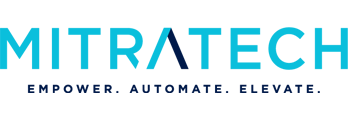
©2025 Mitratech, Inc. All rights reserved.
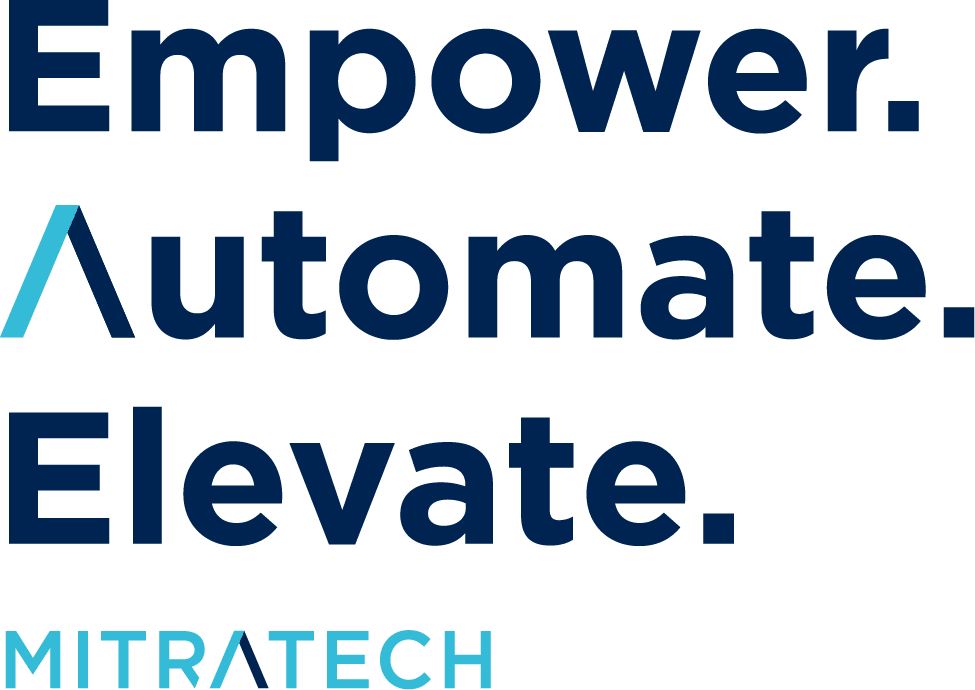
©2025 Mitratech, Inc. All rights reserved.